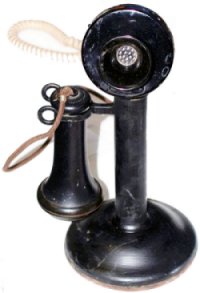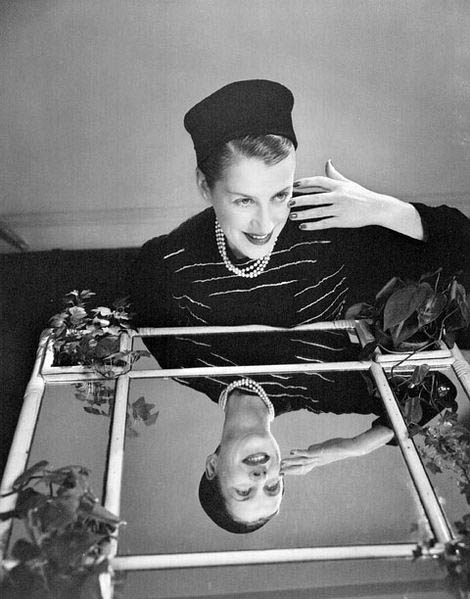A Late Night Movie
Today, let us go to a very old movie. The University of Houston's College of Engineering presents this series about the machines that make our civilization run, and the people whose ingenuity created them.
I'd been working all day and was now too tired to sleep; so I turned to the TV. I found a 1926 movie on TCM. It was light romantic froth; but the leading lady was more than that -- laconic, just a bit mannish, with an amazing ability to make her face say what silent movies cannot say in words.
This was Beatrice Lillie's first movie, Exit Smiling. Lillie made few Her real fame was on stage. She appeared as a singer/comedienne in shows like movies. High Spirits and Auntie Mame. Here, a young Lillie displays the comic genius of Charlie Chaplin -- understated, straight-faced, lots of complicated physical business.
And all that from the romantic lead. Her leading man was Mary Pickford's younger brother, Jack. In real life Jack was famously self-indulgent. He died, probably of chronic alcoholism, at 37. His movie persona was not much better. Beatrice Lillie stood out against a forgettable backdrop.
Something else also drew me in. For this was a sketch of America just before I was born -- just before the Great Depression. It's about a second-rate acting troupe living in a railway car. They side-track (literally) at whistle stops, where they do their play about a vampyre. That's not a blood-sucker, but a seductive woman. This now-obsolete use of vampyrestill lingers in my 1953 dictionary. It's kin to the word vamp.
 The movie recalled so much -- a life then, as now, defined by its words and technologies. The few cars that appear are primitive roadsters. Ford's Model-A wouldn't appear for another year. Telephones were the old candlestick type that we held with two hands.
The movie recalled so much -- a life then, as now, defined by its words and technologies. The few cars that appear are primitive roadsters. Ford's Model-A wouldn't appear for another year. Telephones were the old candlestick type that we held with two hands.
Beatrice Lillie plays the maid who washes costumes and cleans up after the actors. She uses a washboard and hangs the clothes to dry outside the car -- all the while dreaming of playing the lead, of playing the vampyre. In one Chaplinesque scene she sings (silently, of course) about her love for the Pickford character as she irons.
She heats the iron on a woodstove, sands it clean, then starts ironing. Of course she forgets what she's doing and burns a hole in the costume. To cool the overheated iron, she turns to an icebox, and sets it on a block of ice. Still daydreaming, she reaches for the iron, now frozen (all but the handle) in the ice. Without looking, she goes on ironing with the ice block. (The process that allows ice to refreeze, by the way, is called regelation, a word almost lost -- as is our intimacy with ice.)
So, for 77 minutes, this odd old movie took me back into that lost world that I first knew -- a world then in furious transition, now vanished over a distant horizon. Since then, we've added the words, music, and special effects. But here, for a moment, a great comedienne used all the skills of a mime and the tools of a past life. And when she was done, the tension of all we've become had drained away. I was ready to sleep once more.
I'm John Lienhard, at the University of Houston, where we're interested in the way inventive minds work.
For more on Exit Smiling, see: https://www.imdb.com/title/tt0016832/
For more on Beatrice Lillie, see: https://en.wikipedia.org/wiki/Beatrice_Lillie
or: https://www.imdb.com/name/nm0510389/

Beatrice Lillie. Portait by Yousuf Karsh (Public Domain, courtesy of Wikipedia)